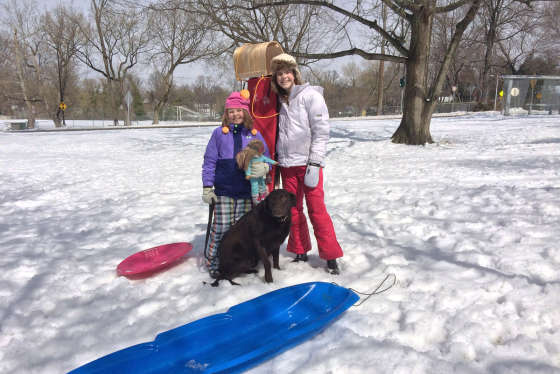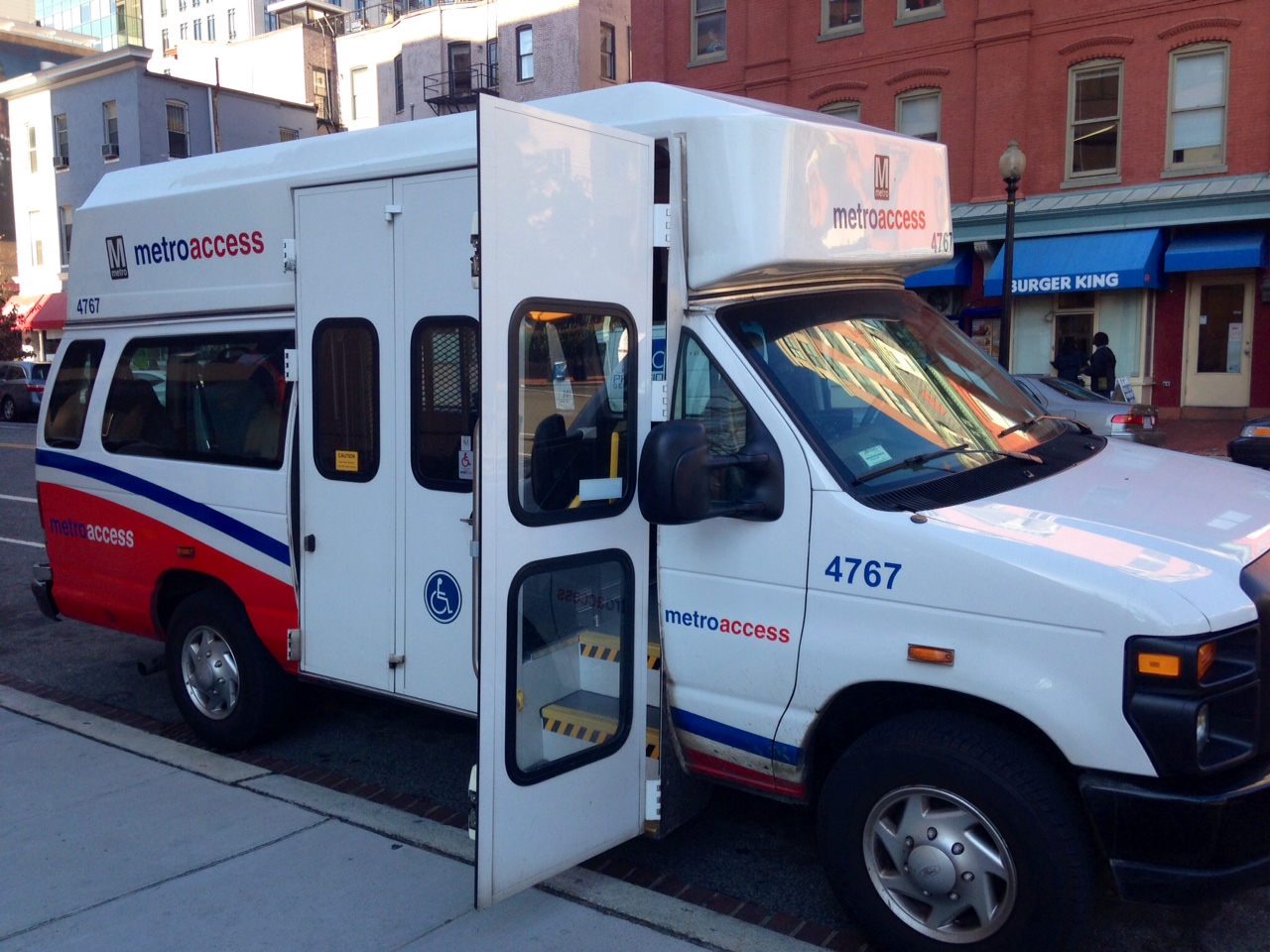WASHINGTON — Metro is keeping the rail system open regular hours Tuesday, but will run on a Saturday schedule, meaning fewer subway trains will be running during the snow storm.
The bus system is running under a severe snow plan until 7 a.m., meaning many bus routes are canceled and others are running with detours.
At 7 a.m., Metrobus service will transition to a moderate snow service plan.
Trains are running about every 12 minutes, Metro said in an updated snow service advisory.
Metro plans to run the rail system on its normal weekday schedule, which means it will run until midnight.
Earlier Monday, Andy Off, Metro’s assistant general manager in charge of the rail system, said the storm will require Metro to shut down work Tuesday night in the ongoing surge zone on the Blue and Yellow lines. Those crews will be needed to keep the rest of the system up and running.
“Certainly the weather’s going to take precedence this evening, so we’ll be taking our crews out of the SafeTrack workzone, putting them wayside to help us fight snow. Then, once we get out of the snowstorm, we’ll turn SafeTrack back on,” Off said.
Trains will still use a single track through the work area because the tracks and related systems have not been put back together yet. How much work gets done during this surge zone will depend on the severity of the storm.
How Metro keeps the tracks clear
When a snowstorm approaches, Metro crews check heat tape and other materials along the tracks, move equipment into position in rail yards, put plows on diesel-powered rail vehicles known as “prime movers” and fill de-icing units with glycol.
Metro’s simplest method of keeping the tracks clear, however, is running extra, empty trains back and forth. Those “polishing trains” fill gaps outside of rush-hour and overnight to keep snow and ice from building up along the rails.
Additional “de-icing trains” travel the lines with mobile de-icing units attached to a railcar that spray glycol on the third, electrified rail.
The de-icing liquid keeps ice from forming there.
“It’s very important to get the glycol on the contact rail before the elements arrive,” Off said.
Metro’s most powerful snow-clearing equipment is a yellow, diesel-powered “prime mover” with a plow on the front that can push snow to one side or the other. It pulls a flatbed car behind it with special equipment that scrapes ice off the third rail and then adds the de-icing liquid.
“We’re focused on preparing our resources to get after this thing early tonight, be working through the night, and certainly well past that last snowflake falling, getting everything cleared and, you know, ready to return to normal service,” Off said.
What does it take to close the rail system?
Metro trains can run in snow as long as the cars can safely contact the third rail. That means snow cannot be piled more than 8 inches high there.
“It’s really a function of our ability to get out in front of it, keep the trains moving, stop the buildup,” Off said.
In a storm with more than 8 inches of measured snowfall spread over the course of a day, Metro may be able to keep the tracks clear. However, in a storm with less than 8 inches of snow, but with winds that blow snow into piles around the third rail, there could be an issue.
“Total accumulation is important. But it all comes down to the conditions out in the field,” Off said.







